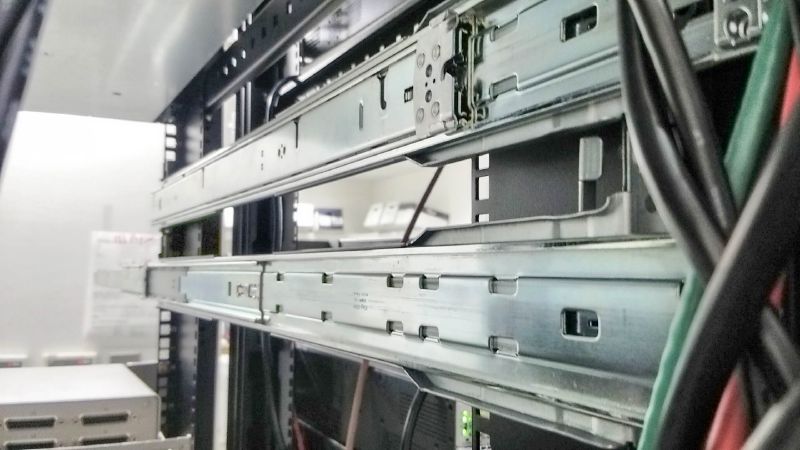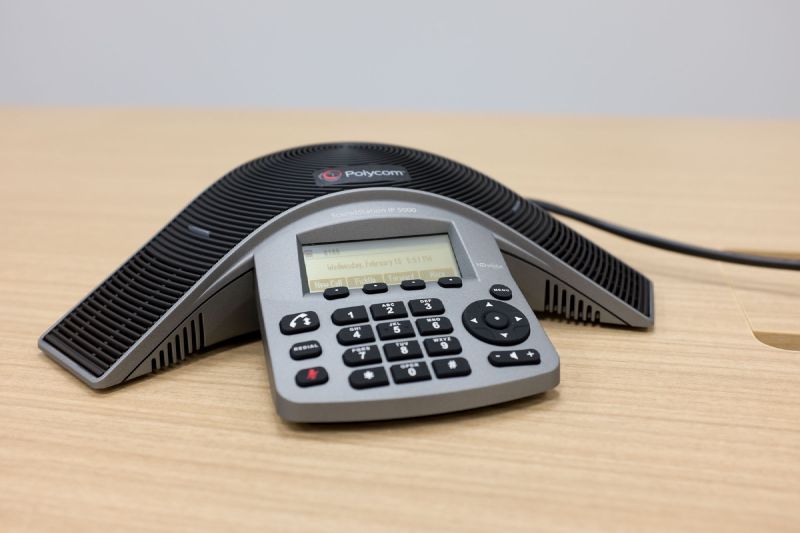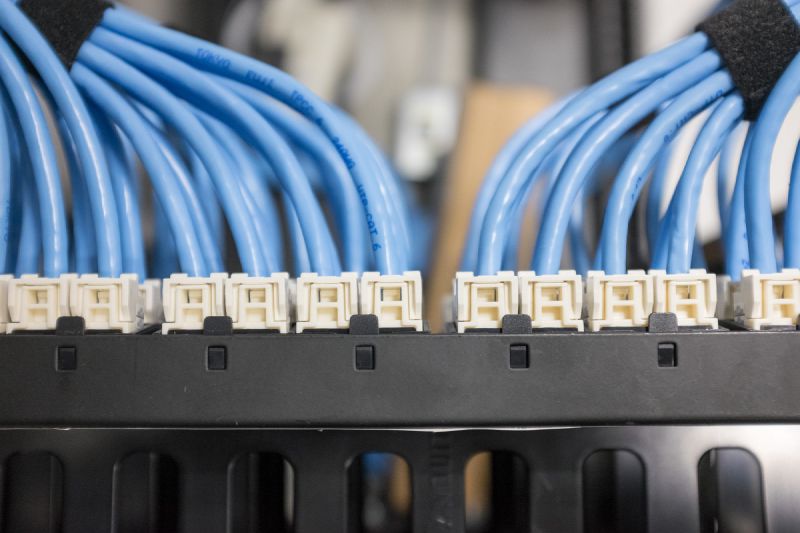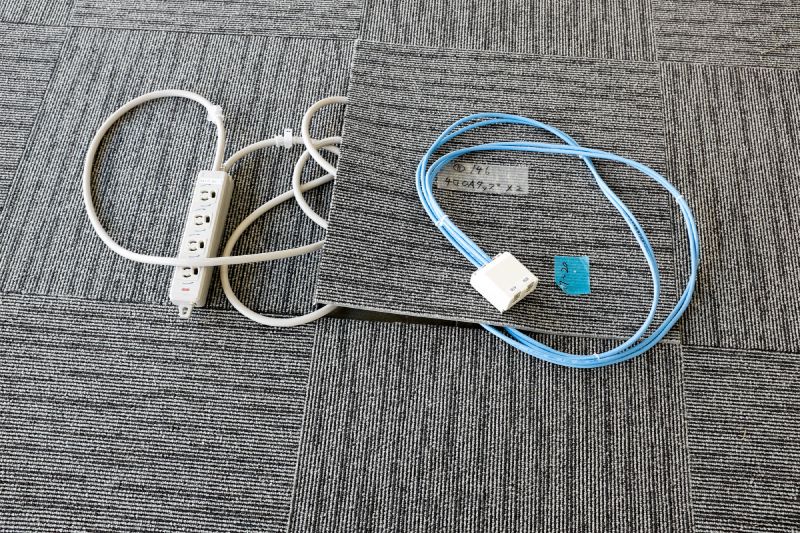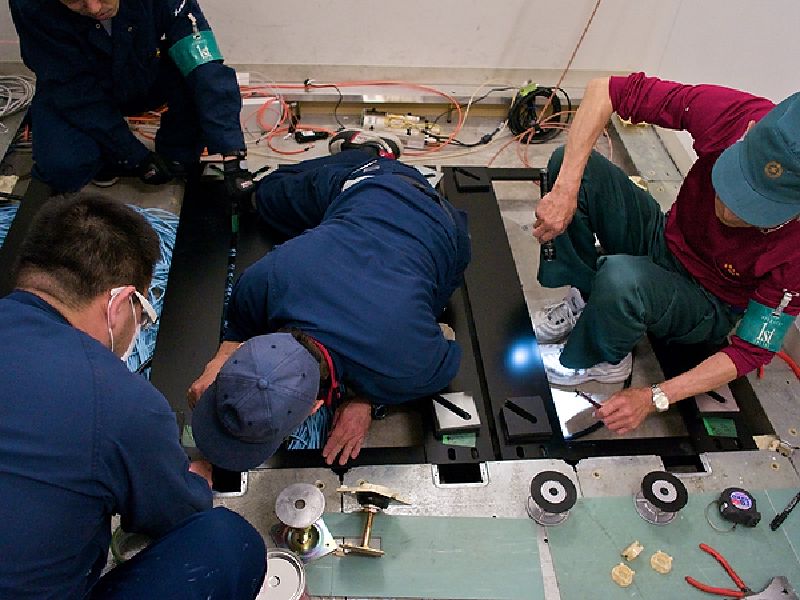Infrastructure
The 'nuts and bolts' of any office IT system
What’s “Infrastructure”
From Server Room to Walls and Floors
- Electricity, Phone, LAN Cable
- Network Switch, Router Upgrades
- Server Design and Settings
- Virtualization
- HVAC and Office Furnishings
From Server Room to Walls and Floors
- Electricity, Phone, LAN Cable
- Network Switch, Router Upgrades
- Server Design and Settings
- Virtualization
- HVAC and Office Furnishings
Companies define “infrastructure” differently, but mostly it includes all the basics from the facility to the network and servers, that make an IT system work. Starting with the office space itself, eSolia considers the electrical and HVAC capacity, access to data and telephone lines, your building’s physical structure in whether it has a raised floor and so on.
Next is the design of the on- or off-site data center, or sometimes both, where the equipment is to be housed. We must consider its access to independent electrical lines and cooling, security, access routes from there to the rest of the site.
Inside the data center or sometimes the “server room”, there will be systems racks, whether for network and telephone, or standard structured cabling. The rack size and capacity has to be done right, and there are plenty of considerations such as equipment weight, and earthquakes, to consider.
Building from there, you have structured cable, network, telephone, servers and other equipment, the specs, details and designs for which all must be examined and defined. A myriad of details, but all familiar to a firm with our experience.
Where is it important?
Infrastructure comes into play, in many types of project we’ve performed:
- New office deployments
- Company office relocations
- Intra-office “restacks”, moving people and equipment in the office
- Technology refreshes and upgrades
- “IMAC” (install, move, add, change) jobs
- Software implementation projects
- Hardware procurement
- Virtualization efforts, to reduce the amount of infrastructure required
- Decommissioned equipment disposal and recycling
How does eSolia manage it?
There are several important aspects of managing infrastructure projects:
- Specifications and standards
- System design
- Project management and control, including schedule, budget, deliverables, risk mitigation, change control, decisions
- Vendor management and control
- Construction management
- Inventory and asset management
- Engineering skill in cabling, construction, network, OS, desktop, telecom, market data
Our bilingual team handles all such aspects of infrastructure projects with the skill that only experience can bring.
Request More Information
Interested in getting our help with this service or solution? Please contact us today.
